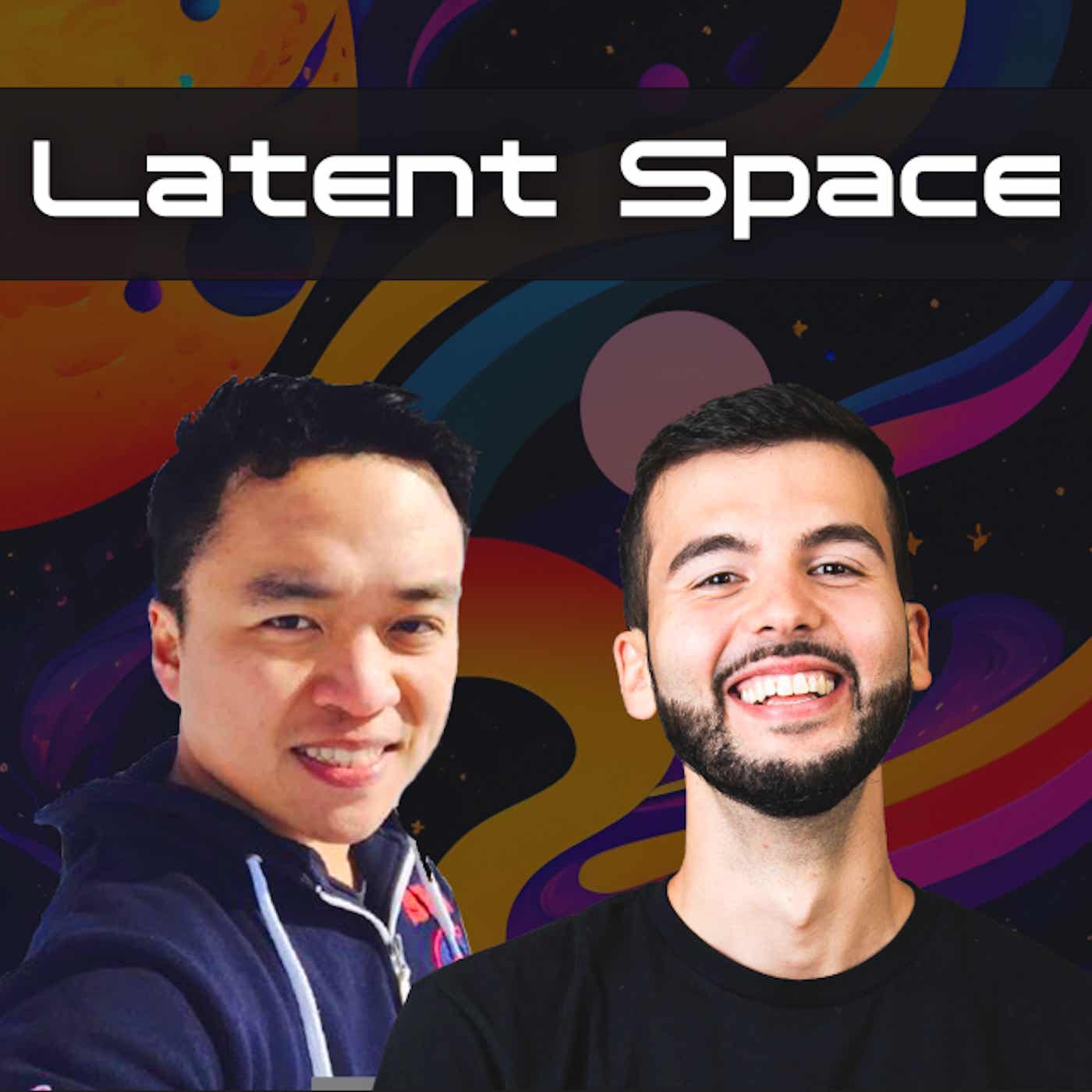Open Source AI is AI we can Trust — with Soumith Chintala of Meta AI
Description
Speaker CFPs and Sponsor Guides are now available for AIE World’s Fair — join us on June 25-27 for the biggest AI Engineer conference of 2024!
Soumith Chintala needs no introduction in the ML world — his insights are incredibly accessible across Twitter, LinkedIn, podcasts, and conference talks (in this pod we’ll assume you’ll have caught up on the History of PyTorch pod from last year and cover different topics). He’s well known as the creator of PyTorch, but he's more broadly the Engineering Lead on AI Infra, PyTorch, and Generative AI at Meta.
Soumith was one of the earliest supporters of Latent Space (and more recently AI News), and we were overjoyed to catch up with him on his latest SF visit for a braindump of the latest AI topics, reactions to some of our past guests, and why Open Source AI is personally so important to him.
Life in the GPU-Rich Lane
Back in January, Zuck went on Instagram to announce their GPU wealth: by the end of 2024, Meta will have 350k H100s. By adding all their GPU clusters, you'd get to 600k H100-equivalents of compute. At FP16 precision, that's ~1,200,000 PFLOPS. If we used George Hotz's (previous guest!) "Person of Compute" measure, Meta now has 60k humans of compute in their clusters.
Occasionally we get glimpses into the GPU-rich life; on a recent ThursdAI chat, swyx prompted PaLM tech lead Yi Tay to write down what he missed most from Google, and he commented that UL2 20B was trained by accidentally leaving the training job running for a month, because hardware failures are so rare in Google.
Meta AI’s Epic LLM Run
Before Llama broke the internet, Meta released an open source LLM in May 2022, OPT-175B, which was notable for how “open” it was - right down to the logbook! They used only 16 NVIDIA V100 GPUs and Soumith agrees that, with hindsight, it was likely under-trained for its parameter size.
In Feb 2023 (pre Latent Space pod), Llama was released, with a 7B version trained on 1T tokens alongside 65B and 33B versions trained on 1.4T tokens. The Llama authors included Guillaume Lample and Timothée Lacroix, who went on to start Mistral.
July 2023 was Llama2 time (which we covered!): 3 model sizes, 7B, 13B, and 70B, all trained on 2T tokens. The three models accounted for a grand total of 3,311,616 GPU hours for all pre-training work. CodeLlama followed shortly after, a fine-tune of Llama2 specifically focused on code generation use cases. The family had models in the 7B, 13B, 34B, and 70B size, all trained with 500B extra tokens of code and code-related data, except for 70B which is trained on 1T.
All of this on top of other open sourced models like Segment Anything (one of our early hits!), Detectron, Detectron 2, DensePose, and Seamless, and in one year, Meta transformed from a company people made fun of for its “metaverse” investments to one of the key players in the AI landscape and its stock has almost tripled since (about $830B in market value created in the past year).
Why Open Source AI
The obvious question is why Meta would spend hundreds of millions on its AI efforts and then release them for free. Zuck has addressed this in public statements:
But for Soumith, the motivation is even more personal:
“I'm irrationally interested in open source. I think open source has that fundamental way to distribute opportunity in a way that is very powerful. Like, I grew up in India… And knowledge was very centralized, but I saw that evolution of knowledge slowly getting decentralized. And that ended up helping me learn quicker and faster for like zero dollars. And I think that was a strong reason why I ended up where I am. So like that, like the open source side of things, I always push regardless of like what I get paid for, like I think I would do that as a passion project on the side…
…I think at a fundamental level, the most beneficial value of open source is that you make the distribution to be very wide. It's just available with no friction and people
More Episodes
We have a full slate of upcoming events: AI Engineer London, AWS Re:Invent in Las Vegas, and now Latent Space LIVE! at NeurIPS in Vancouver and online. Sign up to join and speak!
We are still taking questions for our next big recap episode! Submit questions and messages on Speakpipe here for a...
Published 11/25/24
Alessio will be at AWS re:Invent next week and hosting a casual coffee meetup on Wednesday, RSVP here! And subscribe to our calendar for our Singapore, NeurIPS, and all upcoming meetups!
We are still taking questions for our next big recap episode! Submit questions and messages on Speakpipe here...
Published 11/15/24


